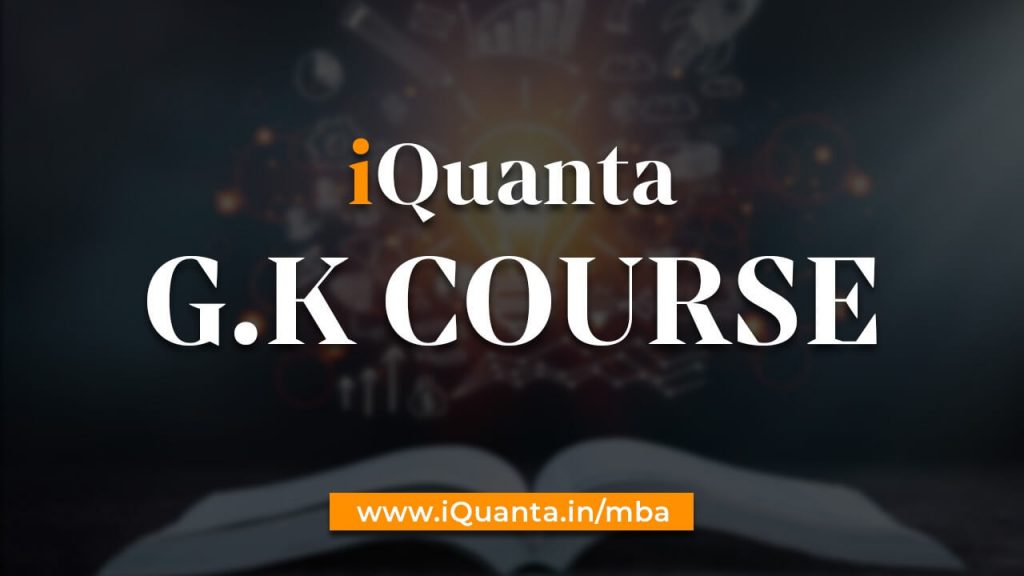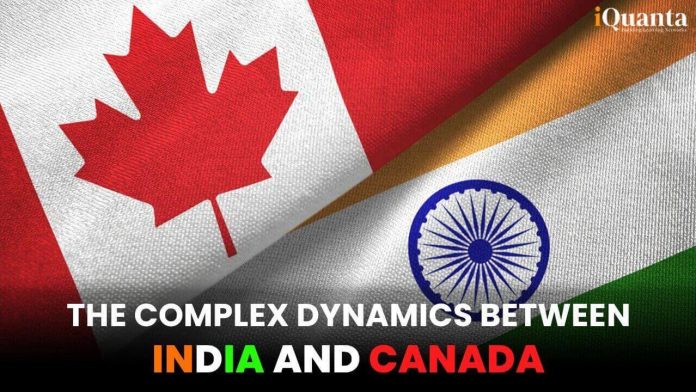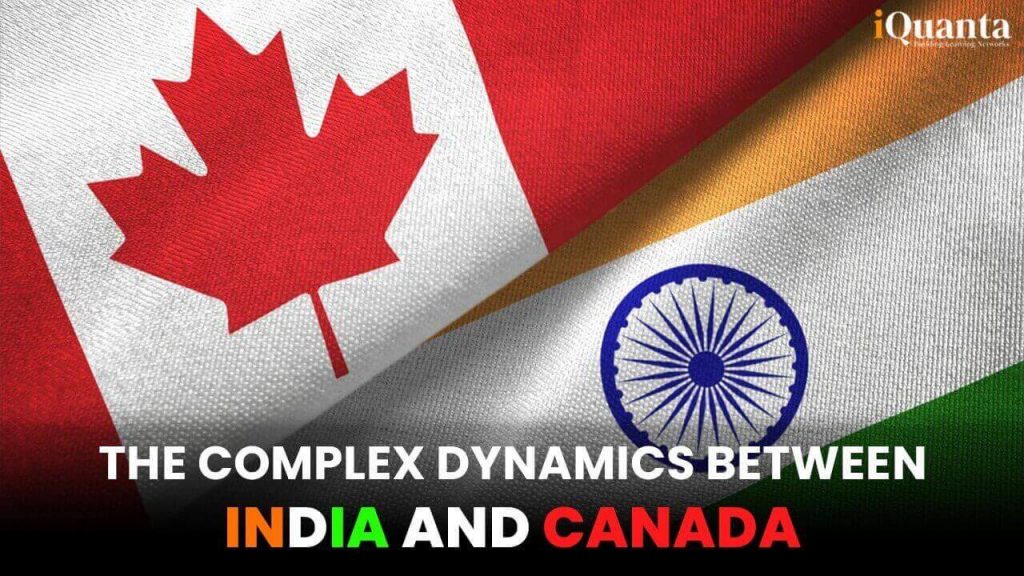
Genre : International Relations & Geopolitics
Recent headlines have been dominated by a heated exchange of words between Canadian Prime Minister Justin Trudeau and India’s External Affairs Minister, Subrahmanyam Jaishankar. This prolonged spat revolves around a tragic incident: the killing of Hardeep Singh Nijjar, a known Khalistan sympathizer and a Canadian plumber, outside a Sikh Gurudwara in Canada by “unknown” gunmen. While Canada has labeled this act as an offensive operation conducted by the Indian Government on their soil, India has consistently maintained its stance of non-involvement, demanding substantial evidence to support the allegations. Consequently, diplomatic relations between these two nations have faced recent strains, with both parties standing firm on their positions regarding the incident.

The Historical Background of the Khalistan Movement
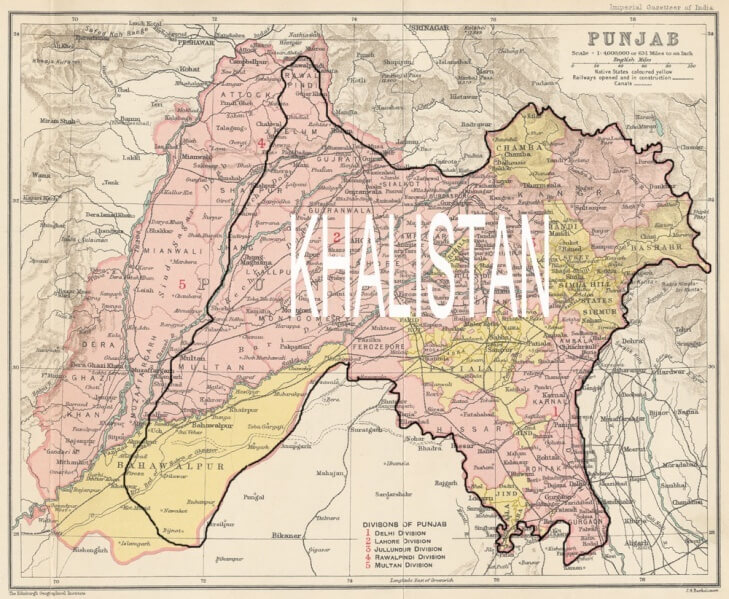
To fully understand the implications of this recent incident, it is essential to delve into the historical context of the Khalistan movement. Contrary to popular belief, the roots of this movement extend back to the 1980s, a tumultuous period in India’s history that witnessed the rise and fall of a movement that profoundly shook the nation.
The Khalistan movement is a separatist movement that emerged in the late 20th century, primarily among Sikh communities, with the aim of establishing an independent Sikh state called Khalistan in the Punjab region of India. The origins of this movement are deeply intertwined with a complex historical and political backdrop.
Historically, the Sikh religion originated in the Punjab region of South Asia in the 15th century under the leadership of Guru Nanak Dev Ji and subsequently evolved under the guidance of ten Sikh Gurus. The Sikh Empire, led by Maharaja Ranjit Singh, achieved dominance over a significant portion of the Punjab region in the early 19th century. However, following his death in 1839, the Sikh Empire was annexed by the British East India Company.
Sikhs have long held a distinct religious and cultural identity, including the practice of wearing turbans and adhering to a unique code of conduct. Despite their distinctive identity, Sikhs faced discrimination and political marginalization during British colonial rule and, subsequently, in independent India.
Upon India’s independence in 1947, the Punjab region was divided between India and Pakistan, resulting in the displacement of Sikh populations and significant societal and political changes. Sikh leaders often voiced concerns about the protection of their religious and cultural rights within the Indian state.
The Khalistan movement began gaining momentum in the 1970s and 1980s, primarily due to grievances related to perceived religious and political discrimination against Sikhs in India. A prominent figure associated with the movement was Jarnail Singh Bhindranwale, who vigorously advocated for Sikh rights and the establishment of Khalistan.
In June 1984, the Indian government launched Operation Blue Star, a military operation aimed at removing Jarnail Singh Bhindranwale and armed militants from the Golden Temple complex in Amritsar. This operation resulted in significant casualties and severe damage to the holiest Sikh shrine, sparking outrage and further fueling the Khalistan movement.
The situation escalated further when Prime Minister Indira Gandhi was assassinated by her Sikh bodyguards in October 1984. This tragic event triggered anti-Sikh riots in Delhi and other cities, resulting in the deaths of thousands of Sikhs. Subsequently, the Indian government initiated a crackdown on Sikh militants, leading to a decline in the armed struggle associated with the Khalistan movement.
Today, the Khalistan movement remains a fringe movement with limited support within the Sikh community in India and abroad. While it continues to be a source of tension and occasional violence, it no longer poses a significant threat to the integrity of India.
Canada’s Involvement in the Crossfire
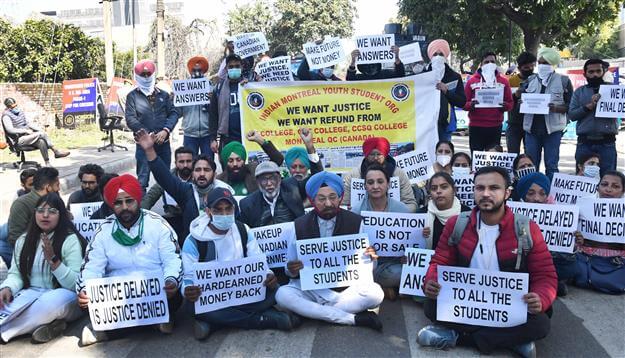
Canada has long been seen as a safe haven and a land of opportunity for Sikhs. Beginning with an immigration wave in the early 1990s and continuing with more recent statistics indicating that Indian students contribute billions of dollars to the Canadian education system while pursuing foreign degrees, Canada has played a significant role in the Indian socio-economic landscape. With the second-largest community of Sikh diaspora after India, it was only a matter of time before immigration rates to Canada surged, particularly after Prime Minister Trudeau’s decision to open the country’s borders to the world. Unfortunately, lax background checks and oversight created an environment where extremist ideologies could infiltrate communities, often propagated by pro-Khalistan extremists.
The Sikh community in Canada had historically been peaceful. However, in recent years, pro-Khalistan banners have become a common sight in cities like Toronto, Montreal, and Vancouver. Rallies featuring speeches that glorify leaders of the 1980s Khalistan movement have also become more frequent. For some, these events symbolize a revolutionary spirit, but for moderate Sikhs, they raise concerns. Reports of extremist views and sentiments grew increasingly common.
One individual at the forefront of the separatist regime’s rhetoric was Hardeep Singh Nijjar, whose views and pro-violence propaganda extended beyond politics, often bleeding into violence and anti-India sentiments. India’s Ministry of External Affairs repeatedly requested Nijjar’s extradition, but diplomatic red tape and complex legal processes hindered progress.
When Nijjar was killed by six unknown gunmen near a local Gurudwara, the Canadian Government perceived it as an act of terror on foreign soil, with India being implicated in this operation. In a passionate speech that sought to capitalize on Sikh votes, Trudeau accused India of violating diplomatic laws by operating within Canadian territory. India responded swiftly, with External Affairs Minister Jaishankar addressing the issue.
The Future of Indo-Canada Relations
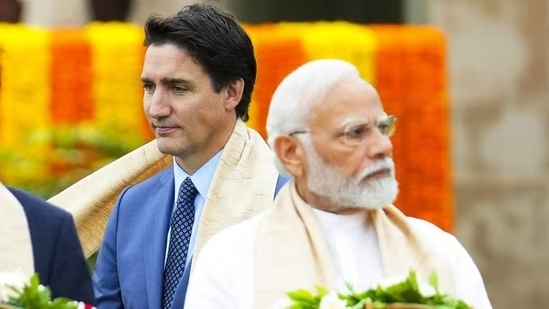
The question that now looms is what the future holds for the relationship between India and Canada. When asked if India would cooperate with Canada if specific evidence were provided, Jaishankar responded, “If somebody gives me something specific, it doesn’t have to be restricted to Canada, but if there is any incident which is an issue and somebody gives me something specific, as a government, I would look at it. Of course, I would look at it.”
Jaishankar, a seasoned bureaucrat and adept administrator, will continue to moderate the situation. The future of India-Canada relations will be determined by the deliberations in the cabinets of New Delhi and Ottawa. However, there is optimism regarding India’s position, as the onus of providing proof behind the allegations rests with the Canadian Senate.
In conclusion, the recent diplomatic tensions between India and Canada, fueled by the tragic killing of Hardeep Singh Nijjar and the ensuing accusations and counteraccusations, are rooted in a complex historical backdrop involving the Khalistan movement. While the movement itself has lost much of its earlier momentum, it continues to cast a shadow over diplomatic relations, especially within Sikh communities. The path forward for these two nations remains uncertain, with hopes that evidence and diplomatic negotiations will eventually pave the way for a resolution and a more amicable relationship between India and Canada.
If any of the exams you’re preparing for concerns General Awareness (MBA, UPSC, GDPI, etc.), you can go for iQuanta’s GK Course.
